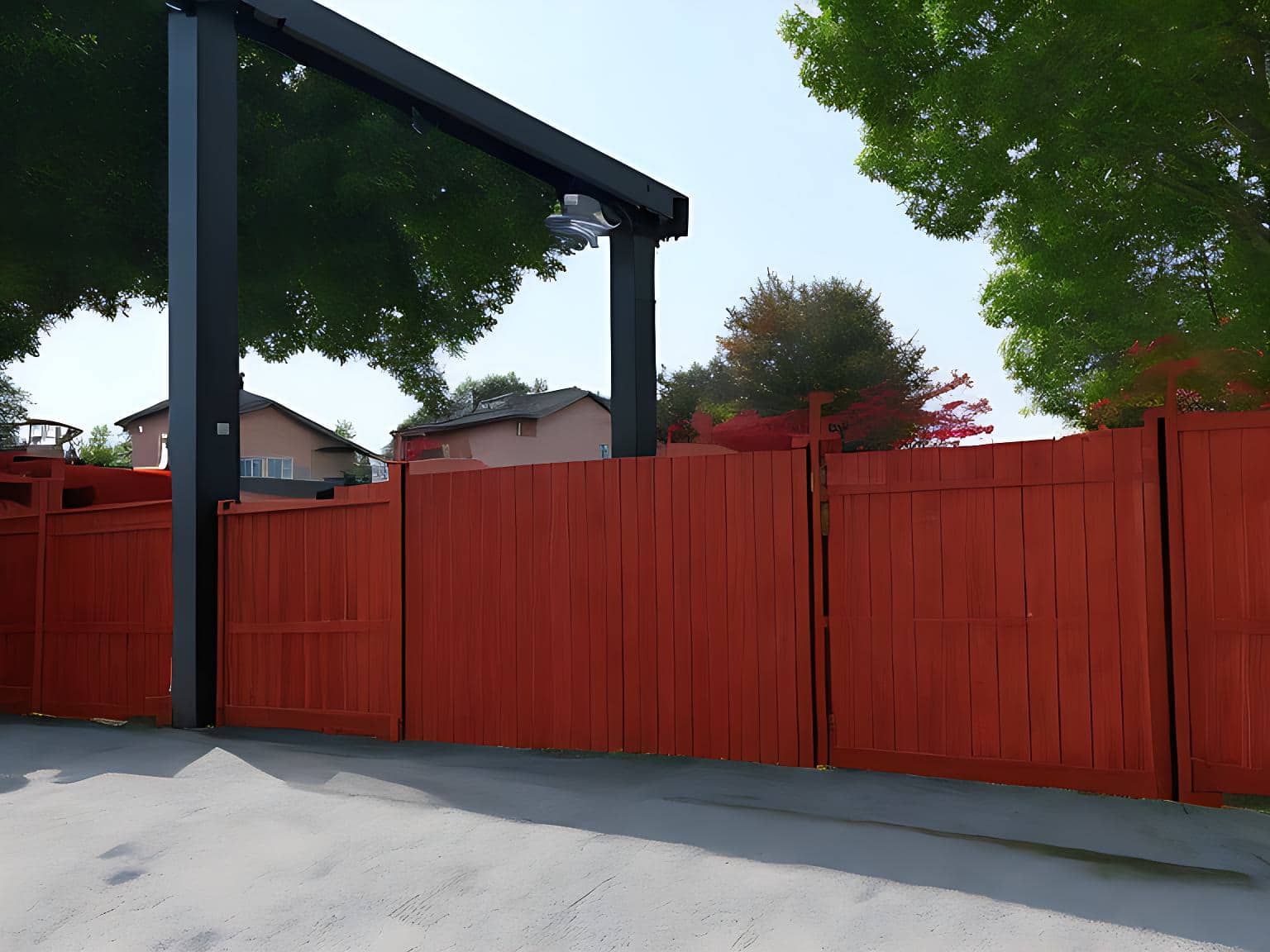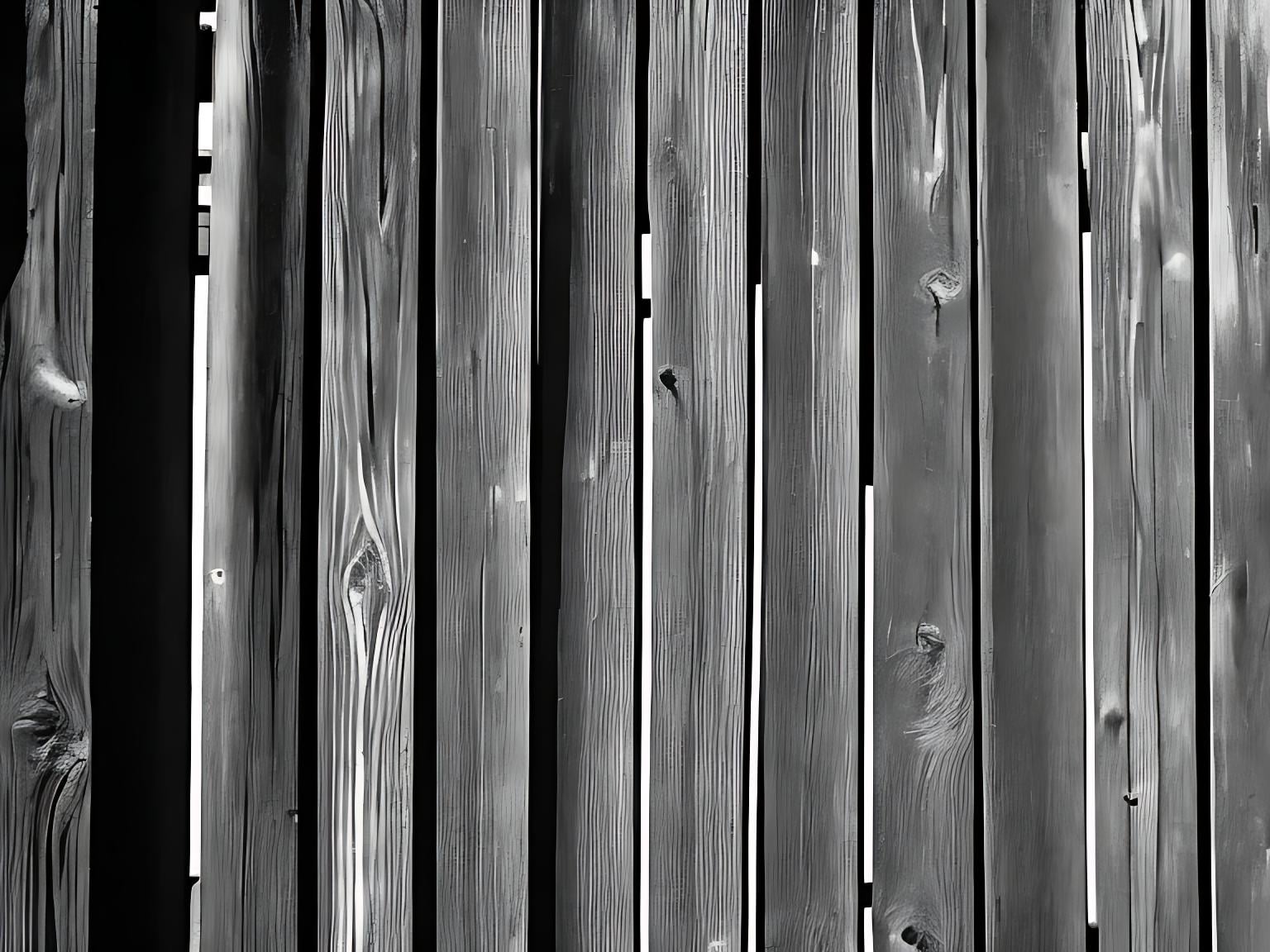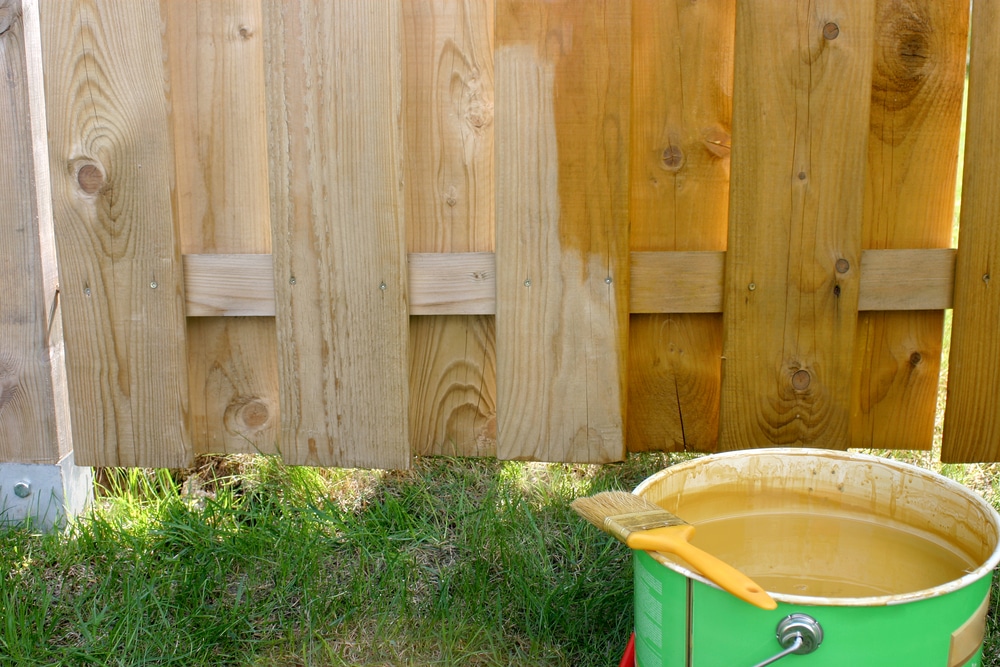Last Updated on
Painting your fence is a great way to freshen up the look of your garden. But one question always comes to mind: how much fence paint do I need? Whether you’re an experienced DIY-er or just getting started, this guide will help you figure out exactly what quantity of paint you’ll require for the job. We’ll cover calculating the area of your fence, estimating paint coverage and choosing the right amount – so that when it’s time to start painting, all that’s left for you to worry about is which colour.
Table of Contents:
Calculating the Area of Your Fence
Measuring the area of your fence is an important step in determining how much paint you will need. To begin, measure the length and width of each panel. If there are any curved sections, use a flexible measuring tape to measure them accurately. Make sure to take into account any posts or other obstructions that may affect your measurements.
Once you have measured all panels, calculate the total area by multiplying the length and width of each panel together and adding up all results. For example, if one panel measures 3 feet long by 4 feet wide, its area would be 12 square feet (3 x 4 = 12). Repeat this process for every panel until you have calculated the total area of your fence.
If necessary, break down large areas into smaller sections for easier calculations; for instance if a section is 10 feet long by 8 feet wide it can be broken down into two 5 foot by 8 foot sections with an overall area of 40 square feet (5 x 8 = 40). This makes it easier to keep track of your measurements and ensures accuracy when calculating larger areas.
Estimating Paint Coverage
When it comes to painting your fence, you need to make sure that you have enough paint coverage for the job. The amount of coverage will depend on the type of paint you choose and the size of your fence. Water-based paints are usually more affordable than oil-based paints, but they may not provide as much coverage. Oil-based paints tend to be thicker and offer better protection against weathering and fading over time.

To calculate how much paint you’ll need for a particular area, measure the length and width of each section of fencing in feet or meters then multiply them together to get an approximate total square footage or meterage. For example, if one side is 10 feet long by 8 feet wide, that would equal 80 square feet (10 x 8 = 80). Once you’ve calculated all sides of your fence, add up all those numbers to get an overall total square footage or meterage for your entire project.
Next, consider what kind of finish you want – glossy or matte. Glossy finishes require more coats so keep this in mind when calculating how much paint is needed. Generally speaking, most manufacturers recommend using 1 gallon (3 litres) per 200–400 sq ft (18–37 m2), depending on surface porosity and desired results; however, some surfaces may require additional coats so always read product labels carefully before purchasing any materials.
Finally, take into account any special conditions such as areas exposed to direct sunlight, which can cause faster fading than other parts of the fence – these areas might require extra coats too. Remember that oil-based paints typically cover better than water-based ones, so if possible opt for this option when the budget allows it. It is worth noting that oil-based products also come with their own set of safety precautions including proper ventilation during application as well as disposal after use according to local regulations
Choosing the Right Quantity

Knowing how much you need will save time and money in the long run. To ensure that you get enough coverage for your project, take into account factors such as climate and weather conditions, as well as any additional treatments that may be required.
For example, if you live in a humid area with frequent rain showers, more coats of paint may be necessary than in a dryer climate. The same goes for areas exposed to strong sunlight or high winds – these can cause paint to fade quickly and require more frequent repainting.
In addition to climate considerations, other treatments like primers or sealants may also affect how much paint you need. Primers help create an even surface before applying the top coat of paint, while sealants protect against moisture damage and dirt buildup after the painting has been completed. Both are important steps when preparing walls for painting, so make sure they’re factored into your calculations when deciding on quantities.
Finally, don’t forget about the waste factor when estimating quantities – this is usually around 10-15%, depending on the type of product being used (e.g., brushes vs rollers). It is always better to overestimate rather than underestimate here; otherwise, you could end up having to buy another batch mid-project which would add extra cost and time delays.
Conclusion
In conclusion, painting your fence is an important part of maintaining it and keeping it looking great. Knowing how much fence paint you need can be tricky, but with the right calculations and estimates you’ll have a better idea of what to buy. Don’t forget that when calculating the area of your fence or estimating paint coverage, there are many factors to consider such as weather conditions and surface texture. So make sure you do your research before deciding on the question: how much fence paint do I need for your project?
Paul is the type of person who never met a problem he couldn’t fix. He can always be found tinkering with something in his house, even if it isn’t broken! His tips and tricks are often shared on our site. He’s the one you call when something breaks because he has been known to improvise fixes for everything from leaky faucets to malfunctioning dryers.



